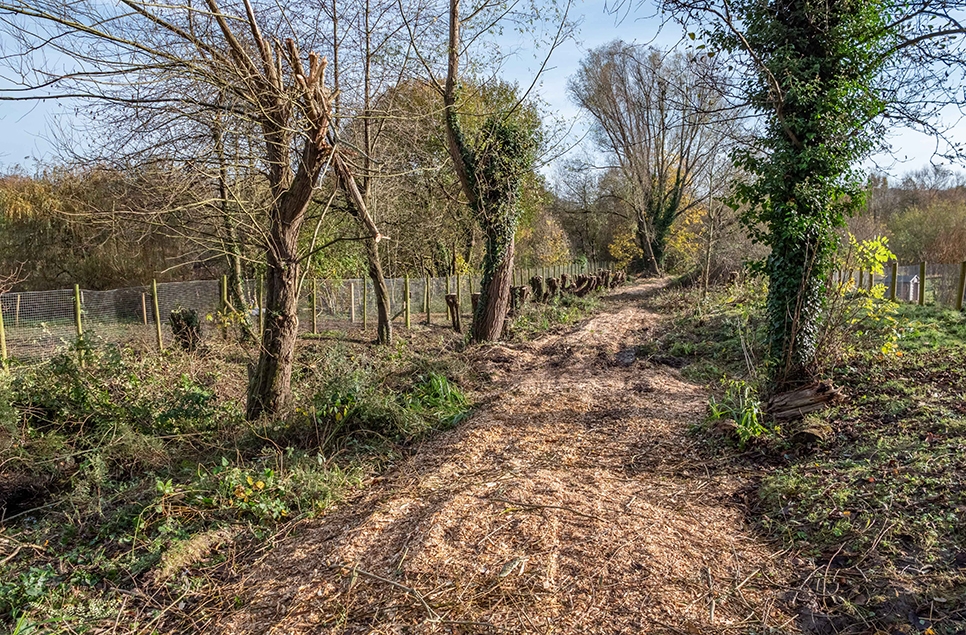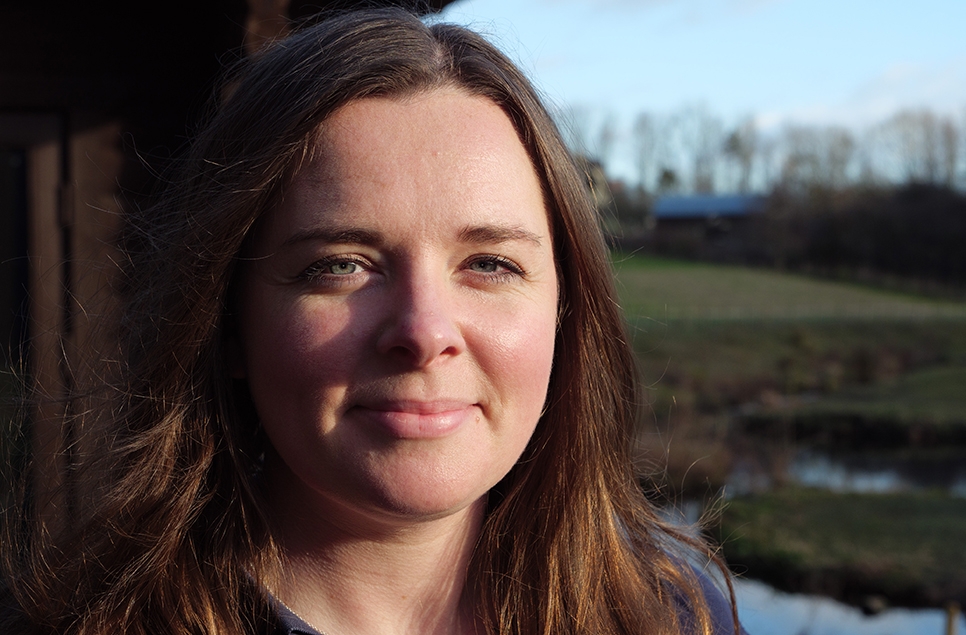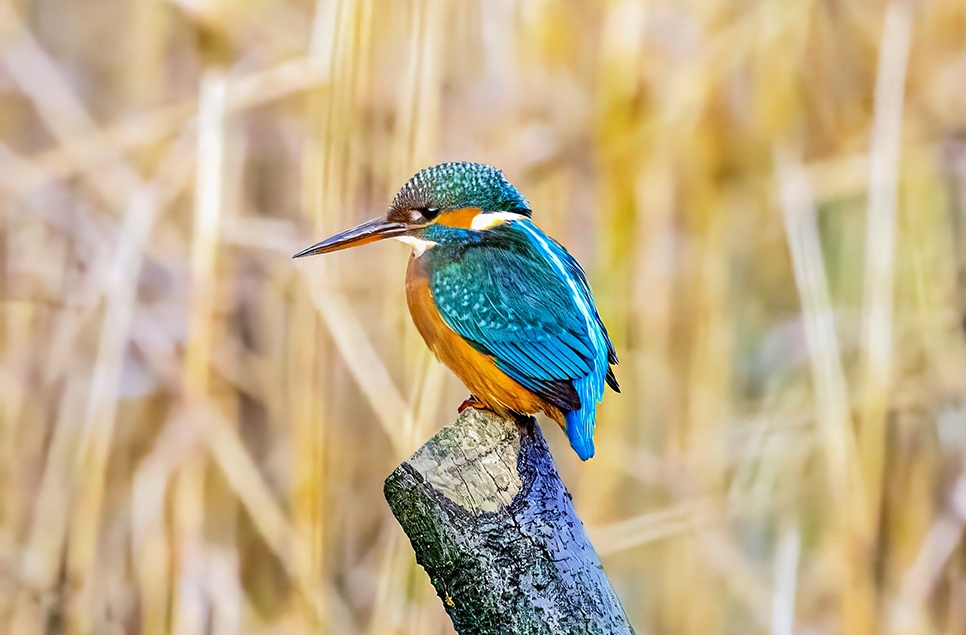First flamingo egg in seven years laid at WWT Washington
[gallery ids="40481,40482,40483,40484"]
A Chilean flamingo egg has been successfully laid at WWT Washington Wetland Centre – the first in seven years.
It was spotted on a nest yesterday (Monday 28 July) and its arrival marks the culmination of a pioneering two-year conservation breeding project, during which flamingo chicks were hand-reared from eggs brought into the centre and integrated into our existing flock in a bid to encourage natural breeding.
The long-awaited WWT Washington egg was laid by a 33-year-old female (leg ring CID), which hatched at WWT Slimbridge in Gloucester in 1981. Her partner (leg ring CIC) is only 11-years-old and hatched here at WWT Washington in 2003.
The egg has now been carefully swapped for a clay dummy as a safety precaution and our staff and volunteers have an anxious wait to see if it is fertile.
This can be determined in about 10 days’ time using a method known as ‘candling’; where a bright torch is shone through the shell to check if there’s an embryo inside.
If there is, then the egg will continue to be incubated and cared for at our specialist duckery, ensuring it has the best chance of survival.
It will then be returned to the nest shortly before hatching, when the chick begins calling from inside as part of a bonding ritual with its parents, who’s job it will then be to raise the chick themselves.
WWT Washington’s centre manager Gill Pipes said: “Conservation is not black and white and whilst an egg isn’t guaranteed to lead to a successful hatch or survival, this is a fantastic and hard-won achievement.
“It has been made possible by the amazing work of our dedicated staff and volunteers, who undertook the huge task of hand-rearing five flamingo chicks in 2013, followed by an incredible 24 last winter.
“Their efforts and the skills that they learned have led directly to our existing Chilean flamingo flock being stimulated into breeding, which is a great example of a WWT conservation breeding programme in action.
“Such skills and techniques can also pay dividends to wild populations. For example, building artificial nest mounds for wild flamingos has been used with great success at sites in Europe and Africa, where tens of thousands of wild flamingos have hatched directly as a result of this technique, pioneered in captivity.”
The unique hand-rearing project began in September 2012 and the first five Chilean flamingo chicks – Frankie, Nico, Phil, Flo and Fran – were introduced to our adult flock in May 2013.
In September 2013, a team of extra staff and volunteers was trained up to help raise and care for a further 24 chicks. They moved into the adult enclosure this April, bringing the total number of flamingos to 66.
WWT Washington’s captive animal manager Owen Joiner explained: “In the wild, flamingos nest in large groups, with potentially thousands of birds breeding together. These crowded conditions stimulate natural breeding by giving the birds a sense of stability and confidence.
“Our flock failed to produce eggs for the sixth season running last year, despite a noticeable increase in displaying, flirting, mating and nest-building thanks to the introduction of the five hand-reared juveniles that May.
“By adding a further 24 chicks this April, we hoped to finally stimulate the adults into laying eggs, while at the same time increase the flock size and add young birds that would hopefully breed themselves in a few years’ time.
“And with the arrival of yesterday’s egg, it would seem that our efforts have paid off. We’re now waiting with cautious optimism to see if the egg is fertile and if any more will be laid.”
Did you know?
- There are six species of flamingo: greater, Caribbean, Andean, James', Chilean and lesser.
- Flamingos have been part of the Wildfowl and Wetlands Trust’s breeding programme for more than 45 years and part of WWT Washington’s collection since 1986.
- Today, WWT has more than 600 flamingos at four of its wetland centres – all species at WWT Slimbridge, Chilean and greater at WWT Martin Mere, Caribbean at WWT Llanelli and Chilean at WWT Washington.
- Flamingos nest in large groups and live in even larger groups called colonies, which can be home to between 10,000 and one million birds at a time.
- Flamingos can live to more than 60-years-old and still breed.
- Their knees look as if they bend backwards, but this is actually their ankle with a very long foot attached. Their knees are tucked high up beneath their bodies.
Visitors can discover more about our Chilean flamingos at twice-daily talks this summer. Meet at their enclosure at 11.15am and 2.45pm (and kids, don’t forget to collect the flamingo sticker for your Nature Explorers passport!) www.wwt.org.uk/natureexplorers


